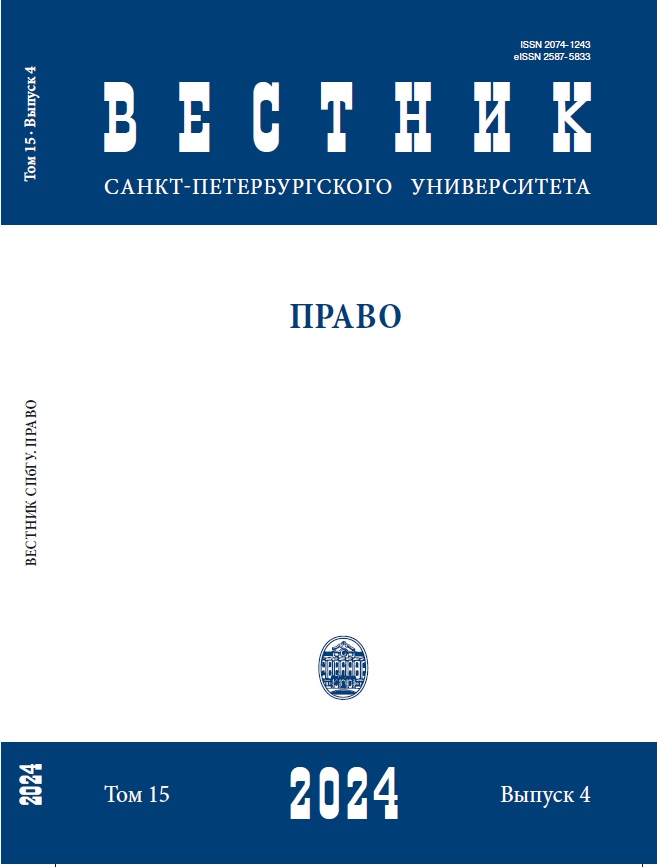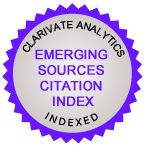The application of the likelihood ratio to the resolution of redundant diversity in forensic authoring
DOI:
https://doi.org/10.21638/spbu14.2024.411Abstract
The article deals with the problem of resolving the redundant diversity of algorithms used to solve the problems of forensic authoring. The availability of texts in electronic form and the banalization of the use of software tools have led to an uncontrollable variety of algorithms used to solve such problems. The modern stage in the development of the theory and practice of author identification is characterized by the widespread and easy availability of software tools that allow to process texts existing in electronic form without additional training. If at the initial stage of development of this subject domain the objects of research were mainly literary texts, today the center of interest are electronic texts (e-mails, SMS, chat rooms). This creates for their users an illusion of lack of necessity at least a general familiarity with the basic principles of stylometry (at least, such as the requirement of genre-stylistic homogeneity of the texts studied, exclusion of personages’ speech and processing only the author’s speech, the priority of syntax over vocabulary), which already has a rather respectable history. The lack of tools for validating the results of forensic analysis in this area makes it difficult to use them in legal practice. In the Anglo-Saxon jurisdictions, it is mandatory to use the method of likelihood ratio (LR) assessment when testing statistical hypotheses. LR shows the probability of similarity between a text of known origin and an attributed text for the null hypothesis that both texts have the same origin, versus the alternative hypothesis claiming that they have different origins. The application of this method reduces the redundant diversity of identification algorithms by eliminating the use of algorithms that do not include statistical hypothesis checking and LR estimation.
Keywords:
forensic authorship, likelihood ratio, statistical hypothesis testing, author identification, individual author style, attribution, null hypothesis, alternative hypothesis
Downloads
References
Downloads
Published
How to Cite
Issue
Section
License
Articles of "Vestnik of Saint Petersburg University. Law" are open access distributed under the terms of the License Agreement with Saint Petersburg State University, which permits to the authors unrestricted distribution and self-archiving free of charge.






